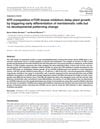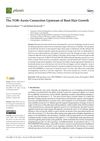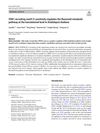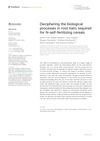Cell Surface Receptor Kinase FERONIA Linked to Nutrient Sensor TORC Signaling Controls Root Hair Growth at Low Temperature Linked to Low Nitrate in Arabidopsis Thaliana
January 2022
in “
bioRxiv (Cold Spring Harbor Laboratory)
”
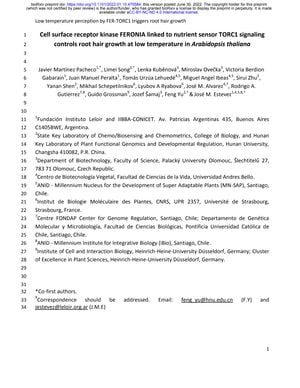
TLDR A protein called FERONIA helps control root hair growth in response to cold and low nitrogen by activating nutrient-sensing pathways in a plant called Arabidopsis.
This study reveals that root hair (RH) elongation in Arabidopsis thaliana is significantly influenced by low temperatures (10°C) and nutrient availability, specifically nitrogen. The research identifies the cell surface receptor kinase FERONIA (FER) as a crucial component for detecting limited nutrient availability under these conditions. FER interacts with and activates components of the nutrient-sensing TOR Complex 1 (TORC), which in turn triggers RH growth. Additionally, the small GTPase Rho-related protein from plants 2 (ROP2) is implicated in this growth response, establishing a connection between FER and TORC. The study also demonstrates that nitrogen deficiency alone can mimic the RH growth response seen at low temperatures through a mechanism dependent on the nitrate transporter NRT1.1. These findings provide insight into the molecular mechanism involving the FER-ROP2-TORC signaling pathway that controls RH elongation in response to low temperature and nitrogen scarcity.
